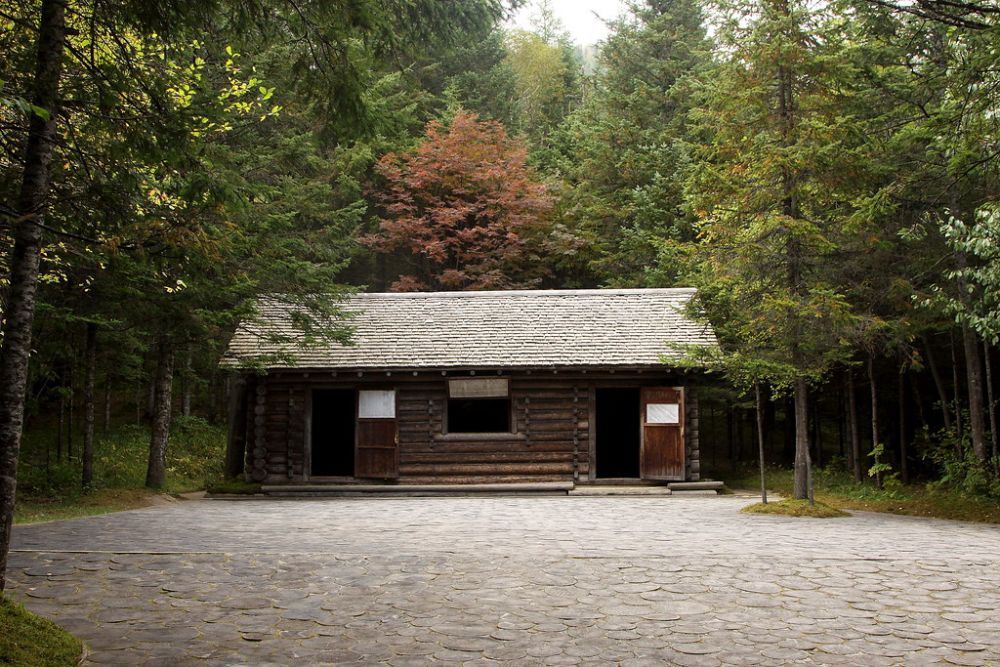

The Paektu Secret Camp, located in the Samjiyon area of Ryanggang Province in North Korea, is a destination with deep historical significance to the country. The camp is purportedly one of the secret bases used by Kim Il-sung, the founder of North Korea, during the anti-Japanese armed struggle in the 1930s and 1940s. Because of its importance to North Korean history, the area has been developed for tourism, primarily aimed at domestic visitors as an educational pilgrimage site to learn about the revolutionary history of the nation.
Development of the Tourist Site
Tourism at Paektu Secret Camp is greatly influenced by the North Korean government, which promotes it as a site of revolutionary significance. Over the years, the government has developed it to ensure that both locals and the limited number of foreign tourists allowed into the country can visit this historical area. It has been equipped with monuments, historical markers, and alleged preserved relics of the anti-Japanese struggle. Visits are typically accompanied by guided tours that emphasize the ideology and leadership of the Kim dynasty.
The Role in Political Education
The camp and surrounding areas serve as key destinations in the political education of North Korean citizens. Children and adults are often organized into groups for visits to these sites where they are given lectures on the revolutionary history and are shown around the historical landmarks.
Restricted International Tourism
In terms of international tourism, North Korea remains one of the most secluded and controlled environments in the world. Pre-COVID-19, a handful of carefully vetted tourists were allowed into the country each year. These visitors would often visit the Paektu Secret Camp as part of an official state-sanctioned tour, which typically includes visits to multiple sites significant to the ruling party. However, international tourism has faced considerable restrictions, particularly due to the COVID-19 pandemic and political tensions.
Infrastructural Developments
Recent trends in North Korea's tourism have included the development of infrastructure aimed at bolstering the number of domestic tourists visiting historical revolutionary sites. The Samjiyon area, in particular, has seen significant development with improvements to transportation, accommodation facilities, and the construction of cultural venues and museums. These developments were partially showcased during the opening of the Samjiyon Grand Monument area, which is part of the larger effort to promote tourism in the region surrounding the Paektu Secret Camp.
Tourism as an Economic Strategy
While tourism to sites like Paektu Secret Camp mainly serves ideological and educational purposes, it is also part of a broader strategy to promote economic activity in these remote areas. The government has periodically expressed interest in increasing tourism as a means of foreign exchange and economic development, although such initiatives are complicated by geopolitical factors and the isolationist approach of the North Korean regime.
Virtual Tourism
In response to the global pandemic and the rising interest in remote tourism, some speculate there might be an opportunity for North Korea to explore virtual tourism. This could potentially allow a wider international audience to experience places like the Paektu Secret Camp from afar. While no definitive steps have been taken in this direction, it represents a possible trend that could emerge in the future, aligning with the global shift towards virtual experiences in the travel industry.